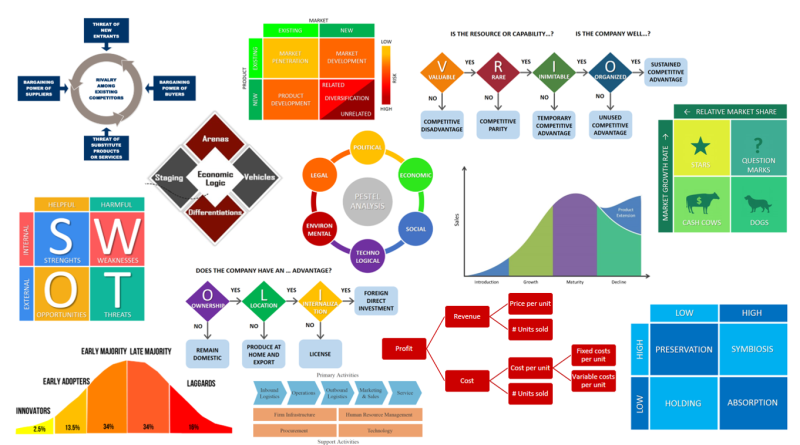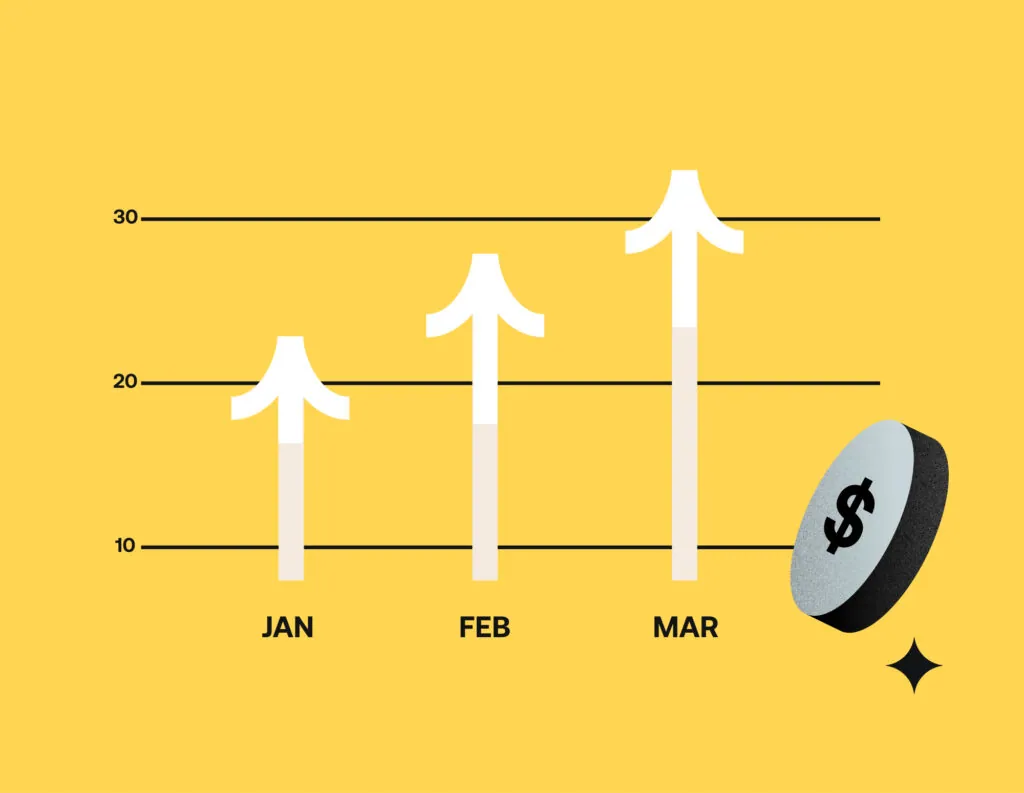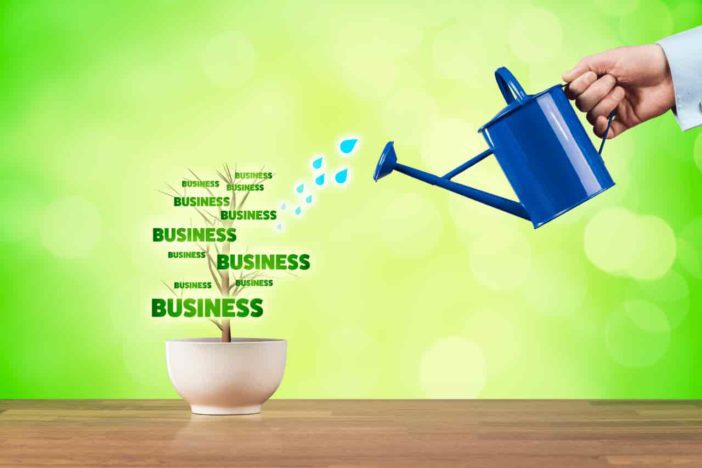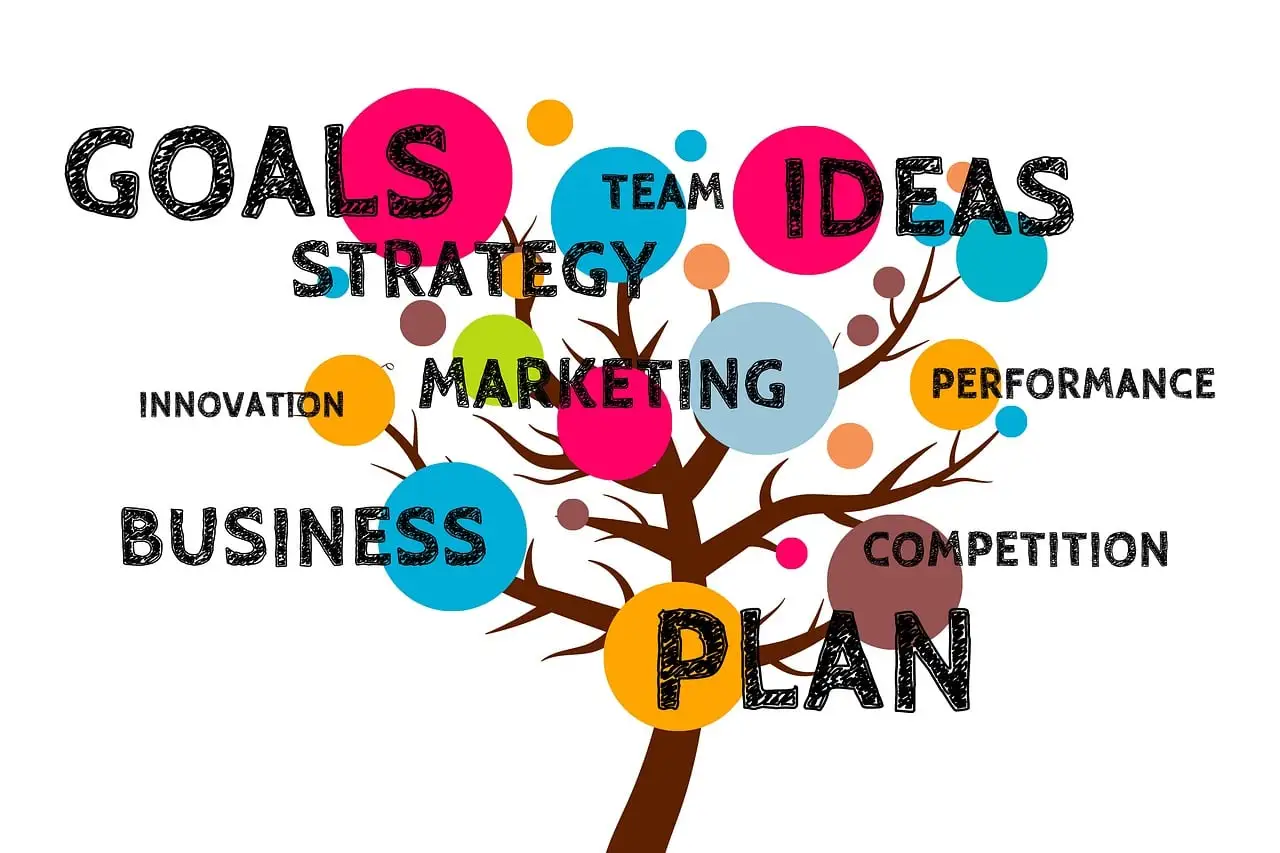10 Proven B2B Sales Tips to Drive Growth and Close More Deals
Increasing B2B sales is a top business priority, but it’s not always straightforward. The B2B sales landscape has evolved rapidly, with new tools, strategies, and buyer expectations shaping how deals are closed. After over a decade of working in the B2B SaaS industry, I’ve seen firsthand what works — and what doesn’t.
Whether you’re just starting or looking to refine your sales process, these tips will help you attract more leads, close deals faster, and create long-term partnerships.
1. Know Your Ideal Customer Profile (ICP)
In B2B sales, not every lead is worth pursuing. Understanding your Ideal Customer Profile (ICP) is critical for targeting businesses that are most likely to benefit from your product or service.
How to Define Your ICP:
Industry and Size: Identify the industries where your product creates the most value and the company size that fits your solutions.
Pain Points: What problems does your product solve for them?
Decision Makers: Who in the organization makes purchasing decisions?
Spending time to get this right will save you from chasing unqualified leads. I’ve worked with sales teams that initially struggled because they were targeting businesses that didn’t match their product’s capabilities. After refining their ICP, they doubled their lead-to-customer conversion rate.
2. Build a Strong Sales Pipeline
Your sales pipeline is the backbone of your B2B strategy. A strong pipeline ensures you have a steady flow of leads at different stages, so you’re never scrambling to hit your targets.
Tips for Building and Managing Your Pipeline:
Use CRM Software: Tools like Salesforce, HubSpot, or Zoho can help you track leads, manage follow-ups, and forecast revenue.
Segment Your Leads: Group leads by their stage in the sales funnel to tailor your approach.
Set Clear Milestones: Define the steps in your sales process, from initial contact to closing the deal.
Regularly review and clean your pipeline. Leads that have gone cold should either be re-engaged with a new strategy or removed to focus on active opportunities.
3. Leverage Personalized Outreach
In B2B sales, a one-size-fits-all approach rarely works. Decision-makers want to know how your solution solves their specific challenges.
How to Personalize Your Outreach:
Research Your Prospect: Learn about their business, industry, and recent challenges. Tools like LinkedIn, Crunchbase, and company websites are great for this.
Tailor Your Message: Reference their pain points and explain how your product can help.
Use Multi-Channel Communication: Combine email, phone calls, LinkedIn messages, and even video pitches to stand out.
When I started personalizing outreach, I noticed an immediate improvement in response rates. One prospect even replied, “This is the most relevant message I’ve received all week.”
4. Focus on Building Relationships, Not Just Closing Deals
B2B sales aren’t transactional — they’re relational. Buyers want to trust the people they’re doing business with, especially when high-value contracts are involved.
Tips for Building Strong Relationships:
Listen First: Instead of pushing your agenda, ask questions and genuinely listen to their needs.
Be Transparent: If your product can’t solve a particular issue, be honest about it. This builds credibility.
Stay Connected: Even after the sale, maintain communication. Check in regularly to ensure they’re getting value from your solution.
I’ve closed deals months, even years, after an initial conversation because I focused on building trust rather than forcing a quick sale.
5. Offer Value at Every Stage
Before asking for a sale, provide value. This could mean sharing insights, resources, or even free tools that help your prospects solve small problems.
Examples of Adding Value:
Educational Content: Share whitepapers, case studies, or webinars relevant to their industry.
Free Tools: A SaaS company I worked with offered free ROI calculators, which helped prospects see the potential benefits of their software.
Consultative Selling: Act as an advisor, not just a salesperson. Help them see opportunities for improvement, even if it doesn’t directly tie to your product.
6. Master Your Product Knowledge
A lack of confidence in your product can ruin a sales pitch. Make sure you understand not just what your product does but how it benefits your customers.
How to Improve Product Knowledge:
Use the Product: Familiarize yourself with its features and limitations.
Stay Updated: Know about new updates, integrations, or changes.
Learn from Case Studies: Understand how other customers are using your product successfully.
When you know your product inside out, you’ll be better equipped to handle objections and show prospects how it can make a difference in their business.
7. Shorten the Sales Cycle with Clear Communication
Long sales cycles can kill momentum. To keep things moving, focus on clear, transparent communication.
How to Keep Sales Cycles Short:
Set Expectations Early: Let prospects know the process, timelines, and what’s required from them.
Address Objections Proactively: Common objections should be addressed early in the conversation.
Follow Up Promptly: Don’t let prospects sit too long without hearing from you.
Clear, consistent communication not only speeds up the process but also builds trust.
8. Use Social Proof
B2B buyers rely heavily on recommendations and reviews to make decisions. Use this to your advantage by showcasing the success of your existing customers.
How to Incorporate Social Proof:
Case Studies: Share detailed stories of how your product solved real-world problems.
Testimonials: Ask satisfied customers for quotes you can use in your outreach.
Metrics: Highlight measurable results, like “Our solution helped X company reduce costs by 30%.”
9. Embrace Technology to Boost Efficiency
From lead generation to closing, technology can streamline every aspect of the B2B sales process.
Tools to Consider:
Sales Automation: Use tools like Outreach.io or Salesloft to automate repetitive tasks.
Chatbots: Platforms like ManyChat can engage leads on your website or social media, capturing their information while you’re busy elsewhere.
Analytics: Tools like Google Analytics or CRM dashboards help track performance and identify areas for improvement.
10. Keep Learning and Improving
The B2B sales world changes quickly. What worked five years ago might not work today. To stay ahead, make continuous learning a priority.
How to Keep Improving:
Attend Industry Events: Network and learn from others in your field.
Read Books and Blogs: Stay updated on the latest sales strategies.
Seek Feedback: Regularly ask colleagues, managers, and even customers for input on how you can improve.
Read Also: Keep your face towards the sunshine and shadows will fall behind you
Watch Also: https://www.youtube.com/@TravelsofTheWorld24















Leave a Reply